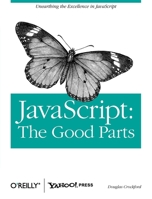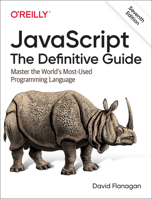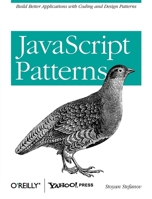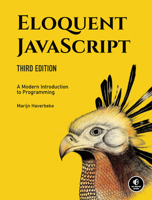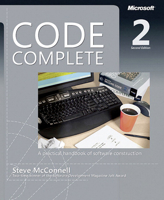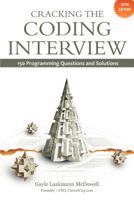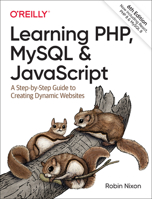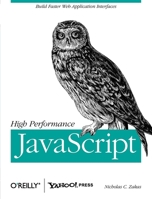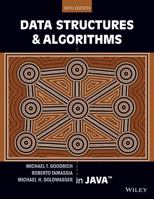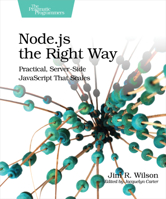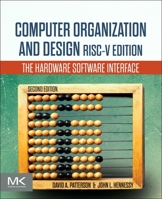Hacking Exposed Web 2.0: Web 2.0 Security Secrets and Solutions
Select Format
Select Condition 
You Might Also Enjoy
Book Overview
Lock down next-generation Web services
"This book concisely identifies the types of attacks which are faced daily by Web 2.0 sites, and the authors give solid, practical advice on how to identify and mitigate these threats." --Max Kelly, CISSP, CIPP, CFCE, Senior Director of Security, Facebook
Protect your Web 2.0 architecture against the latest wave of cybercrime using expert tactics from Internet security professionals. Hacking Exposed Web 2.0 shows how hackers perform reconnaissance, choose their entry point, and attack Web 2.0-based services, and reveals detailed countermeasures and defense techniques. You'll learn how to avoid injection and buffer overflow attacks, fix browser and plug-in flaws, and secure AJAX, Flash, and XML-driven applications. Real-world case studies illustrate social networking site weaknesses, cross-site attack methods, migration vulnerabilities, and IE7 shortcomings.
Plug security holes in Web 2.0 implementations the proven Hacking Exposed way Learn how hackers target and abuse vulnerable Web 2.0 applications, browsers, plug-ins, online databases, user inputs, and HTML forms Prevent Web 2.0-based SQL, XPath, XQuery, LDAP, and command injection attacks Circumvent XXE, directory traversal, and buffer overflow exploits Learn XSS and Cross-Site Request Forgery methods attackers use to bypass browser security controls Fix vulnerabilities in Outlook Express and Acrobat Reader add-ons Use input validators and XML classes to reinforce ASP and .NET security Eliminate unintentional exposures in ASP.NET AJAX (Atlas), Direct Web Remoting, Sajax, and GWT Web applications Mitigate ActiveX security exposures using SiteLock, code signing, and secure controls Find and fix Adobe Flash vulnerabilities and DNS rebinding attacksCustomer Reviews
Rated 5 starsGreat Book. Focused, Concise, and To the Point
The book is a practical guide where every topic is covered completely and succinctly. It does not waste your time with fluff and focuses on cutting edge issues related to Web 2.0 security. This book is not meant to be the end-all for web security. As the title states, it is focused on Web 2.0. If you are an experienced security professional and are looking for a book which will get you up to speed on Web 2.0 security,...
0Report
Rated 4 starsGood Info, some weak points
Hacking Exposed Web 2.0 is comparable to many of their series, Great information on getting started securing your box, but not without its drawbacks. I dislike - the thin book, only about 220 useful pages (used to much fatter books). It also often jumps from quite difficult to quite easy often. The difficulty to setting up a test environment, this book would be quite easy for someone who developed all of these environments...
0Report














